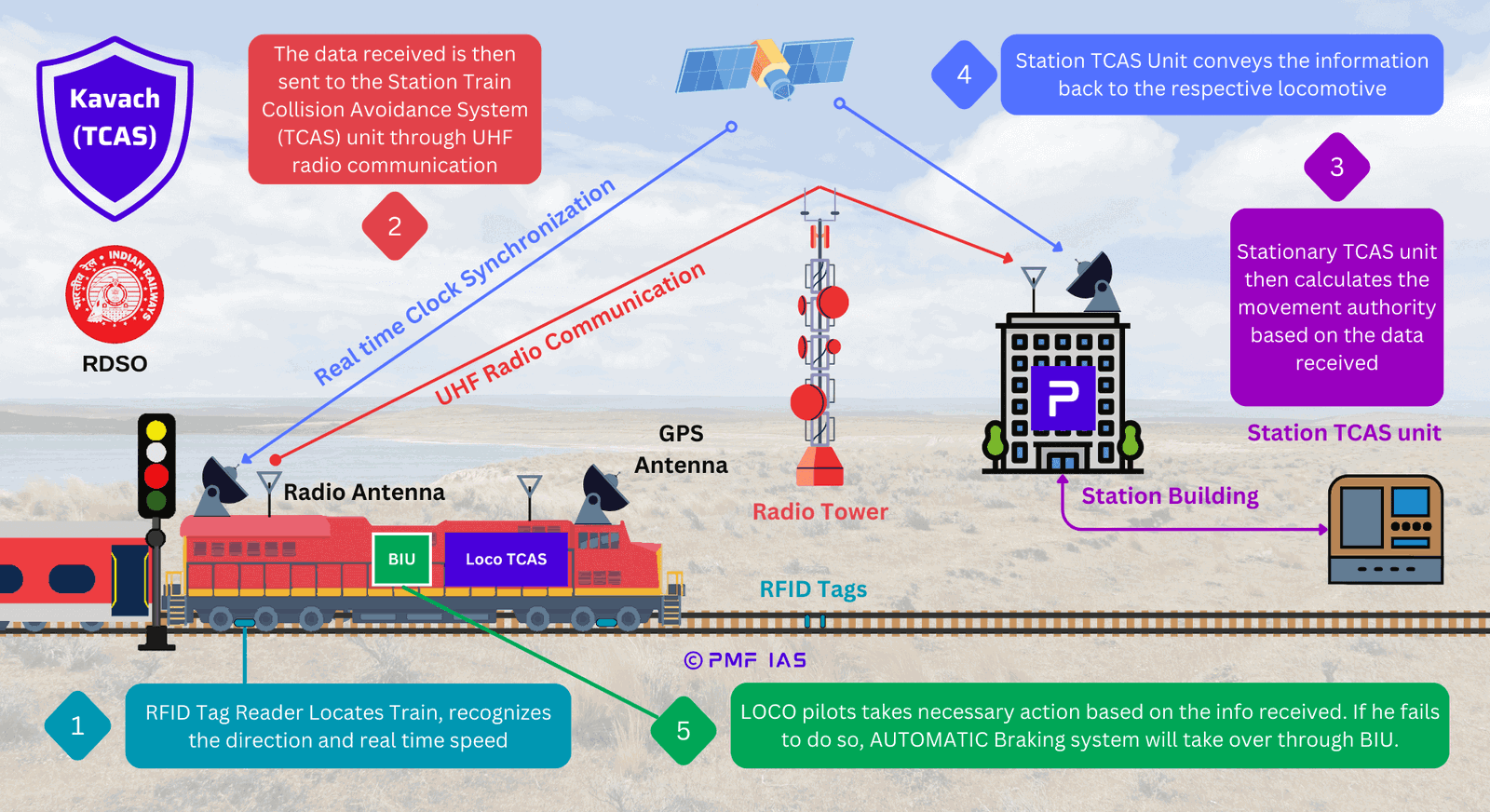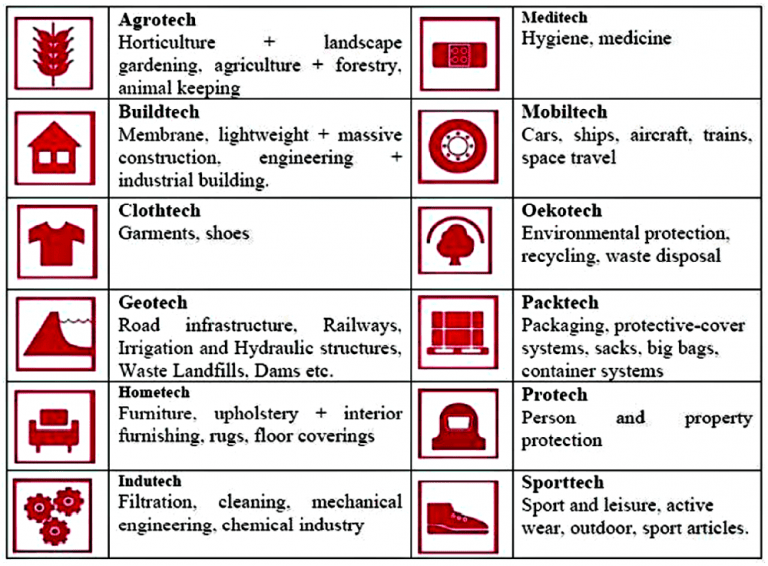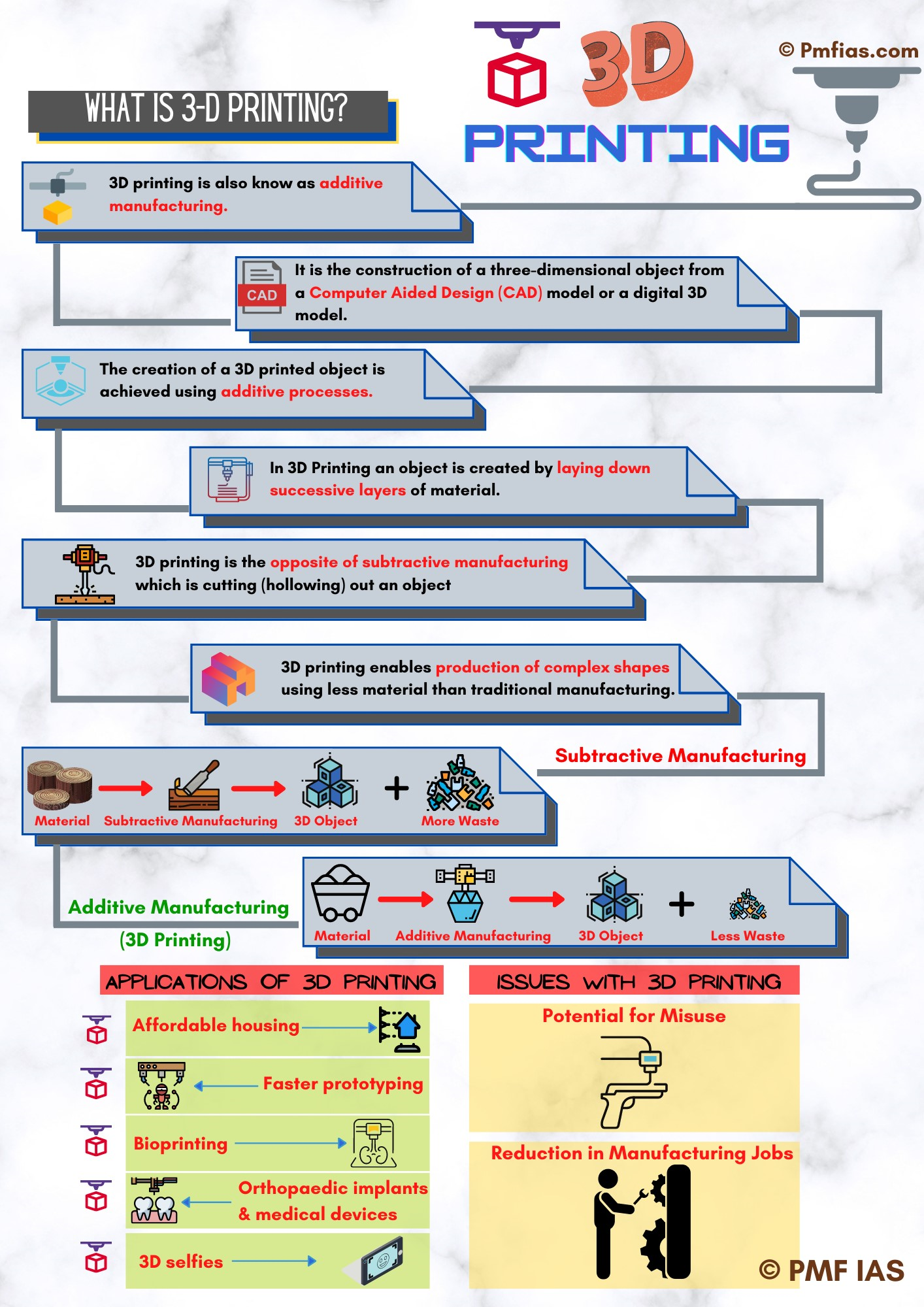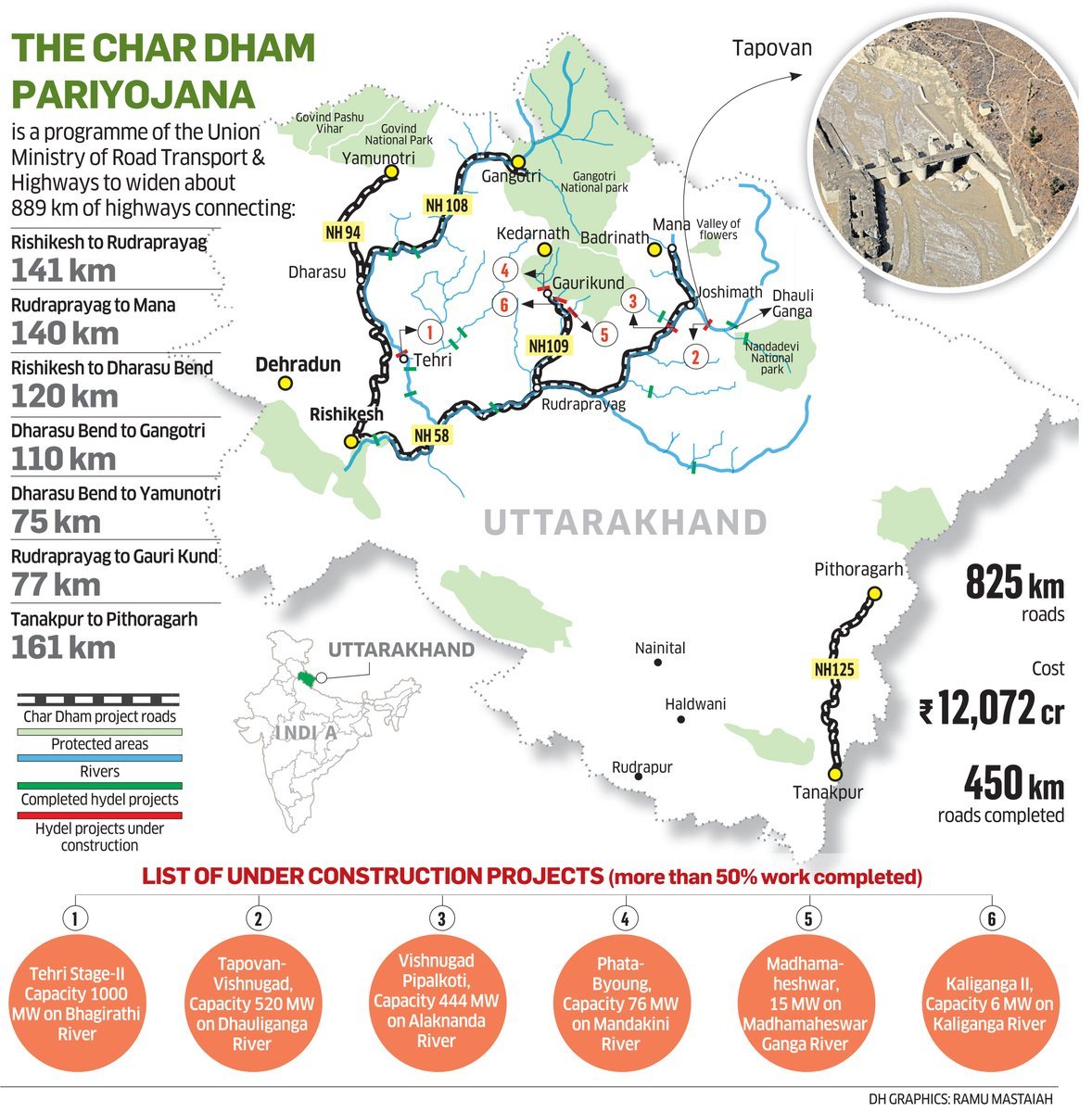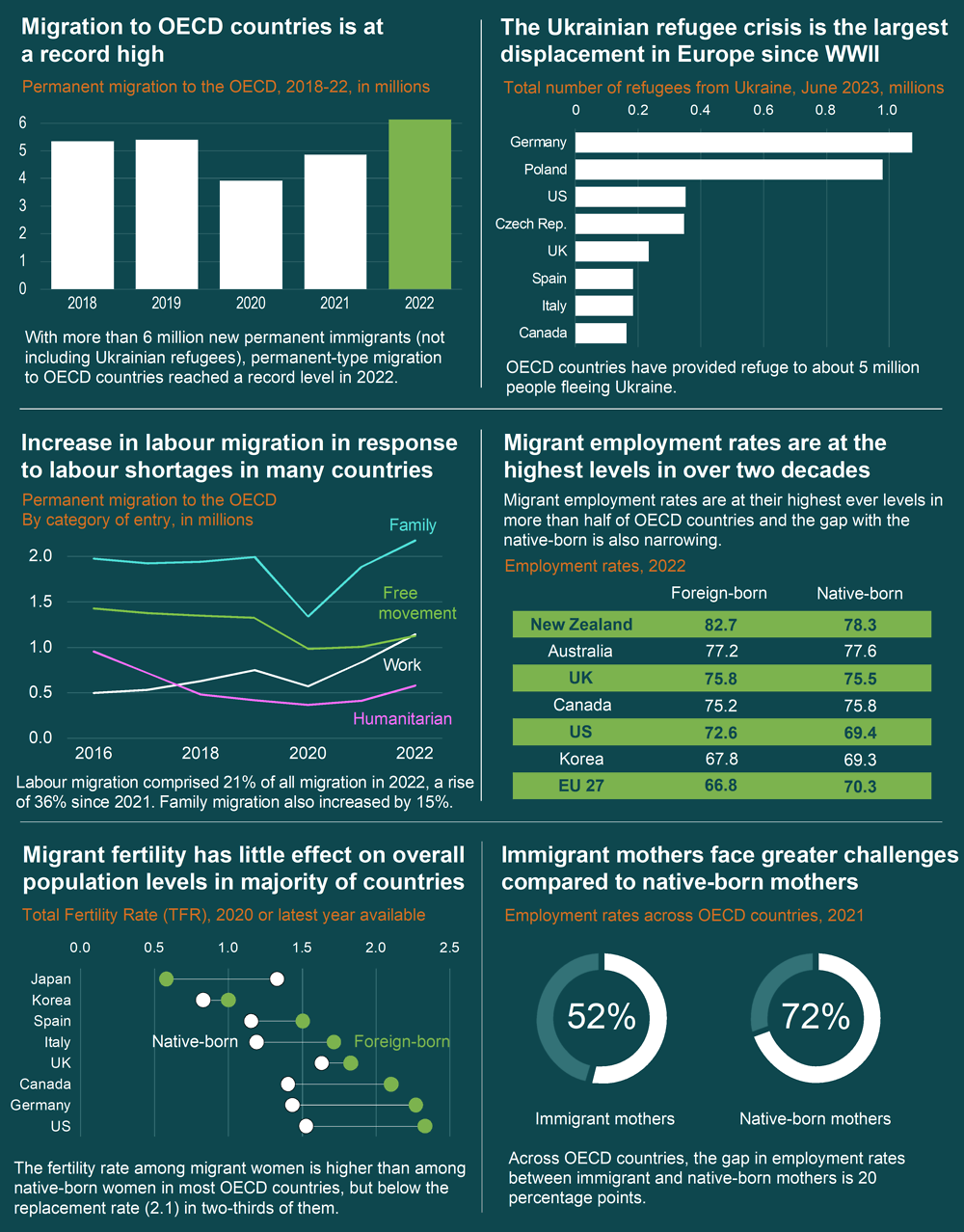
Current Affairs November 28, 2023: IUCN Red List 2.0, Social Stock Exchange, eSIMs, Rat Hole Mining, Occupational Hazards, Electric Vehicles (EVs)
Subscribers of "Current Affairs" course can Download Daily Current Affairs in PDF/DOC
Subscribe to Never Miss an Important Update! Assured Discounts on New Products!
Must Join PMF IAS Telegram Channel & PMF IAS History Telegram Channel
{GS1 – MIH – Personalities} Senapati Bapat
- Context (PIB): Pandurang Mahadev Bapat (Senapati Bapat) was a figure in the Indian independence movement.
- He was born on 12th November 1880 in the Ahmednagar district (Maharashtra).
- He received his education from Deccan College where he met Damodar Bhide, a member of the Chapekar club who introduced him to the revolutionary movement.
- In 1904, he travelled to Britain on a government scholarship to study engineering.
- During his stay in Britain, he was associated with India House. Here, he met socialist and Russian revolutionaries and with V. D. Savarkar.
- On the advice of V. D. Savarkar, Bapat went to Paris to learn bomb-making techniques.
- Armed with a ’bomb manual’ and two revolvers, Bapat returned to India in 1908.
- He disseminated the knowledge of bomb-making amongst the Indian revolutionaries.
- In 1912, he was arrested in connection with the Alipore bombing and was imprisoned for three years.
- On being released in 1915, he started working as an assistant editor of the ‘Mahratta’, a newspaper owned by Tilak.
- On 15 August 1947, Indian Independence Day, Bapat was given the honour of raising the Indian national flag over the city of Poona for the first time.
Bapat and Mahatma Gandhi
- In the 1920s, Bapat re-aligned himself with Gandhi’s vision of Swaraj.
- He supported and also challenged Mahatma Gandhi
- Although he took the Gandhian oath of non-violence, he remained willing to use force when he thought it necessary.
Mulshi Satyagraha
- In 1921, Bapat led the three-year farmers’ protest (satyagraha) against the construction of the Mulshi Dam by the Tata Company.
- It was his anti-dam Satyagraha that earned him the title of Senapati, which means a ‘commander’.
- The dam was eventually constructed, and thus, the protest ultimately failed.
{GS2 – Polity – IC – Judiciary} Revamping the structure of SC
- Context (TH): Recently, CJI D.Y. Chandrachud announced his intent to create Constitution Benches as a permanent feature of the SC.
|
- The structural changes in the SC are needed:
- To reduce the heavy backlog
- To ensure greater judicial stability
- To make the Court more accessible
|
Creation of a permanent Constitution Bench
- In 1984, the Tenth Law Commission of India proposed that the SC be split into two divisions:
- Constitutional Division
- Legal Division
- In 1988, the Eleventh Law Commission stated that dividing the SC into parts would make justice more widely available.
Constitution Bench of SC
|
Establishment of regional benches of SC
- The 229th Law Commission Report (2009) recommended four regional benches in Delhi, Chennai or Hyderabad, Kolkata, and Mumbai to hear non-constitutional issues.
- By distributing non-constitutional cases among regional benches, the SC can handle constitutional issues and other national cases more efficiently.
- Regional branches of the SC will make the SC more accessible.
Final Court of Appeal
- The work of the SC could be split so that there is a Final Court of Appeal and a permanent Constitution Bench.
- This would ensure greater judicial stability and consistency by explicitly distinguishing cases filed under constitutional authority from those filed under appellate and review jurisdiction.
- The SC, in the case of Bihar Legal Support Society v. Chief Justice of India (1986), expressed the need to establish a National Court of Appeal.
- The National Court of Appeal court would be responsible for hearing special leave petitions, which would allow the SC to focus solely on constitutional and public law-related matters.
{GS2 – Vulnerable Sections – Workers} Occupational Hazards
- Context (TH): In the wake of the Uttarkashi tunnel incident, the Central Trade Unions had urged the GoI to ratify the International Labour Organisation (ILO) conventions on occupational safety.
International Labour Organisation (ILO)
|
Occupational Hazard Scenario
- Nearly 30 lakh workers die every year globally due to work-related accidents and diseases.
- More than 63% of these deaths are reported from the Asia-Pacific region.
- The three leading causes of workers death are:
- Exposure to long working hours (55 hours or more per week)
- Exposure to occupational particulate matter, gases, and fumes
- Occupational injuries
- The diseases that caused most work-related deaths were circulatory diseases, malignant neoplasms, and respiratory diseases.
- The rate of trachea, bronchus, and lung cancers attributable to occupational exposure to chromium doubled between 2000 and 2016.
- Mesothelioma, attributable to asbestos exposure, has risen by 40%.
- The rate of non-melanoma skin cancer increased by over 37% between 2000 and 2020.

ILO Conventions on Occupational Safety
ILO Occupational Safety and Health Convention
- The convention mandates the development of a unified national occupational safety and health policy, outlining actions for governments and enterprises.
- 79 out of the 187 member countries have ratified this convention.
Promotional Framework for Occupational Safety and Health Convention, 2006
- The convention aims to establish and implement national occupational safety and health policies through dialogue among government, workers’ and employers’ organisations.
- 62 out of the 187 member countries have ratified this convention.
|
Recommended Five Categories of “Fundamental Principles and Rights at Work
- Freedom of association and the effective recognition of the right to collective bargaining
- Elimination of all forms of forced or compulsory labour
- Abolition of child labour
- Eliminating discrimination regarding employment and occupation
- A safe and healthy working environment.
{GS3 – Agri – Tech} Factors of Technology
- Context (IE): Indian agriculture has grown with limited ‘factors of production’ due to ‘factors of technology’.
Factors of Production
- In agriculture, there are four “factors of production”:
- Land
- Water
- Labour
- Energy
- Farmers use these factors or inputs to produce crops.
- Before the Green Revolution, Indian agricultural output was mainly constrained by the quantity and quality of cultivable land.
- Agricultural land quality is a function of soil fertility and water availability.
- Water availability is dependent on both rainfall and access to irrigation.
Factors of Technology
- There are four “factors of technology” in agriculture.
- Genetics
- Crop nutrition
- Crop protection
- Agronomic interventions
Genetics
- Genetically modified seeds and plants help increase agricultural production. For e.g., the success of the Green Revolution due to high-yielding variety (HYV) seeds.
- Advantages of genetically modified seeds include increased response to fertilisers, drought resistance, pest resistance, etc.
Crop Nutrition
- Farmers traditionally used decomposed dung, urine, and farm residues for crop nutrition. This contains 0.5% nitrogen (N), 0.2% phosphorous (P) and 0.5% potassium (K) on average.
- Revolution in crop nutrition happened with chemical fertilisers having much higher NPK content. For e.g., Urea (46% N), di-ammonium phosphate (18% N and 46% P), and muriate of potash (60% K).
- Synthetic fertilisers and HYV seeds led to soaring crop yields.
Crop Protection
- Crop protection technologies safeguard plants from pests, pathogens, and weeds.
- It aims to maximise yield gains from genetics/breeding and nutrition/fertilizers.
- It helps also save labour. For e.g., herbicides can replace the manual removal of weeds.
Agronomic Interventions
- Agronomic interventions involve various techniques, including soil testing, nutrient management, irrigation, tillage, and pest management.
- Tractors-drawn implements help in deep tillage by breaking soil’s hardpan layers.
- Laser land levellers and drip irrigation help get high yields while saving resources.
Relationship Between the Two
- The factors of technology enable more efficient use of the factors of production. In essence, they increase crop yield per acre, per farmhand, and per drop of water.
- The annual growth in agriculture from 2005-06 to 2021-22, at 3.7%, has been the highest among all phases of the Green Revolution.
- This is because of the faster diffusion of productivity-enhancing technologies and improvement in rural infrastructure.

{GS3 – Envi – Conservation} IUCN Red List 2.0
- Context (DTE): Scientists and conservationists have expressed concerns that the International Union for Conservation of Nature (IUCN) Red List of Threatened Species is outdated and unreliable.
International Union for Conservation of Nature (IUCN)
- IUCN is an international organisation working in nature conservation and sustainable use of natural resources.
- Founded in 1948, it is headquartered in Gland, Switzerland.
- It is a membership union of government and civil society organisations.
- IUCN is now the world’s largest and most diverse environmental network.
IUCN Red List of Threatened Species (or Red Data Book)
- Established in 1964, the IUCN Red List is the world’s most comprehensive inventory of biological species’ global conservation status and extinction risk.
- The IUCN Red List is divided into nine categories:
- Extinct (EX): No longer living anywhere on Earth.
- Extinct in the Wild (EW): Living only in captivity or established in non-native areas.
- Critically Endangered (CR): Facing an extremely high risk of extinction in the wild.
- Endangered (EN): Facing a high risk of extinction in the wild.
- Vulnerable (VU): Facing a moderate risk of extinction in the wild.
- Near Threatened (NT): Likely to become threatened in the near future.
- Least Concern (LC): Evaluated but not currently considered at risk of extinction.
- Data Deficient (DD): There is not enough data to assess its risk of extinction.
- Not Evaluated (NE): Not yet assessed.
- In the IUCN Red List, “threatened” includes Critically Endangered, Endangered, and Vulnerable categories.

Issues with IUCN Red List
- Inadequate coverage: IUCN has assessed only 150,000 species, accounting for less than 10% of the world’s two million described species.
- The Red List identifies 42,100 threatened species, while the IPBES suggests over a million species are at risk of extinction.
- Reassessments: IUCN-recommended reassessments every 10 years have not been completed.
- Outdated: 28% of assessments on the Red List are outdated, posing a potential challenge to its long-term reliability
- Lack of transparency and reform
- Wrong assignment of species status: The hegemony within some IUCN SSC sections results in inaccurate Red List statuses.
IUCN Species Survival Commission (SSC)
|
Intergovernmental Science-Policy Platform on Biodiversity and Ecosystem Services (IPBES)
|
Implications of Flawed IUCN Red List
- It becomes challenging to receive funding for a species that is not threatened.
- Unless the species is categorised as endangered or critical, finding funding becomes difficult.
- Even a vulnerable category is not reason enough to seek funding for conservation.
Way Ahead
- There is a need for version 2.0 of the Red List, seeking to overhaul the systems entirely.
- Conserve locally endangered populations, as species extinction happens one population at a time.
- Funders should diversify evidence sources beyond the IUCN Red List when allocating funds.
{GS3 – Envi – Degradation} Rat-Hole Mining
- Context (TH | IE): ‘Rat-hole mining’ technique was employed at the Silkyara tunnel collapse site to rescue the trapped workers.
- Rat-hole mining is a manual drilling method, most common in Meghalaya for extracting coals.
- Narrow pits are dug into the ground, usually just wide enough for one person to fit into.
- After digging the pits, the miner drops into the holes using a rope and bamboo ladders.
- It is considered extremely hazardous.
Concerns with Rat-Hole Mining
- Collapse of tunnels: The tunnels are dug without proper support, making them prone to collapse.
- Asphyxiation: The tunnels are poorly ventilated, and miners can die due to a lack of oxygen.
- Flooding: Mines can flood during the rainy season, trapping and killing miners.
- Explosions: Methane gas found in coal mines can build up in the tunnels and explode.
- Deforestation
- Water pollution: Acid mine drainage from the mines pollutes nearby rivers and streams.
- Land degradation: The land around the mines is often left scarred and unusable.
|
Ban in Rat-Hole Mining
- The National Green Tribunal (NGT) banned the practice of rate-hole mining in 2014 due to:
- Severe environmental impacts.
- Unsafe labour conditions.
- The order was in connection with Meghalaya.
National Green Tribunal (NGT)
For detailed information National Green Tribunal > PMF IAS Environment Second Edition |
{GS3 – IE – Pollution} Electric Vehicles (EVs)
- Context (TH): Bike and taxi drivers in Delhi have hailed that switching to electric two-wheelers has rendered nearly 50,000 jobless.
- An electric vehicle is equipped exclusively with one or more electric motors, powered by a battery.
Types of EVs
- Battery Electric Vehicle (BEV): It is fully powered by electricity. These are more efficient compared to hybrid and plug-in hybrids.
- Hybrid Electric Vehicle:
- Hybrid Electric Vehicle (HEV): It uses both an internal combustion (usually petrol) engine and a battery-powered motor powertrain. The petrol engine is used both to drive and charge when the battery is empty. These vehicles are not as efficient as fully electric or plug-in hybrid vehicles.
- Plug-in Hybrid Electric Vehicle (PHEV): Uses both an internal combustion engine and battery charged from an external socket (they have a plug). PHEVs are more efficient than HEVs but less efficient than BEVs.
Need for EVs
- To meet Paris Agreement goals and achieve targets committed under Intended Nationally Determined Contributions (INDCs).
- Rising motorization rates: NITI Aayog aims to achieve EV sales penetration of 70% for all commercial cars, 30% for private cars, 40% for buses and 80% for two and three-wheelers by 2030.
- Improve Air Quality of Cities: Internal combustion engines (ICE) has contributed significantly in deteriorating the air quality in Indian cities.
- International commitments: It can help to fulfil the India’s international commitments under Panchamrita such as achieving Net-Zero carbon emissions by 2070.
- Improve penetration of related infrastructure: To improve battery rechargeable infrastructure in the country which is still concentrated near big cities.
Advantages of EVs
- Low operating costs: Lower fuel costs, require less maintenance than traditional gasoline-powered vehicles.
- Environmental benefits: Produce zero emissions.
- Energy independence: As more renewable energy sources are used to power EVs, it can reduce dependence on fossil fuels.
- Improved performance: EVs have instant torque, so they can accelerate quickly, and have a smoother and quieter ride.
Issues
- Longer charging time.
- Limited model options.
- Lack of skilled workers.
- Still evolving battery technology.
- High Initial cost.
- Limited charging infrastructure.
Way Ahead
- Reduction in upfront costs by enhancing subsidy on electric four wheelers, encouraging States to waive off road tax, by providing compensation, further reducing GST on EVs.
- Improvement in Bidding Process: Develop robust mechanism for all bidding processes such as Production Linked Incentive (PLI) Scheme for ‘Advanced Chemistry Cell (ACC) Battery Storage’.
- Promoting other technologies along with EVs such as flex fuel vehicles, Hydrogen ICE, Hydrogen fuel cell vehicles etc.
- Non-financial incentives such as priority lanes, reserved parking for EV only vehicle, EV Purchase subsidy over and above FAME II subsidy etc. for better response from consumers.
- Single window clearance system for availing clearances and subsidies/rebate in transparent manner.
Govt Initiatives for EVs
- National Electric Mobility Mission Plan (NEMMP) 2020
- E-Amrit portal: Launched at COP26 Summit in Glasgow, it as one-stop destination for all information on EVs.
- GST restructuring: GST on EVs has been reduced from 12% to 5%; GST on chargers/ charging stations for electric vehicles has been reduced from 18% to 5% by GST Council.
- PLI scheme for manufacturing of Advanced Chemistry Cell (ACC) to bring down prices of battery.
- Green license plates announced by the Ministry of Road Transport & Highways (MoRTH).
- Go Electric campaign to create awareness of the benefits of EVs and EV charging infrastructure.
- Global EV30@30 campaign which aims for at least 30% of new vehicle sales to be electric by 2030.
{GS3 – IE – Securities} Social Stock Exchange
- Context (PIB): The Securities and Exchange Board of India (SEBI) board approves flexibility in the framework for the Social Stock Exchange (SSE).
- SSE is a specialized platform or marketplace that facilitates the trading and fundraising activities of social enterprises.
- It is designed to cater specifically to organizations and businesses that have a social or environmental mission, alongside their financial objectives.
- Objective: To provide a new avenue for social enterprises to finance social initiatives, provide them visibility and bring in increased transparency in fund mobilisation and utilisation by social enterprises.
Social Stock Exchange: Timeline
- 2019: India’s Finance Minister proposed a social stock exchange to help social enterprises raise capital; SEBI set up an expert panel chaired by Mr. Ishaat Hussain to recommend a feasible architecture for setting up an SSE mechanism in India.
- 2020: SEBI released a discussion paper on the framework for social stock exchanges.
- 2022: SEBI notified the final framework for social stock exchanges which allows for the listing of social enterprises and voluntary organizations that meet certain eligibility criteria.
- Recently, the National Stock Exchange (NSE) has been granted permission by SEBI to set up and operate a social stock exchange.
Significance
- Create a “giving culture” by motivating individuals who are reluctant to donate to charities.
- Achieving SDGs by channeling investment towards organizations focused on poverty alleviation, healthcare, education, environmental conservation, and other critical areas.
- Building sustainable societies by providing social enterprises with access to capital and visibility.
- Increased mainstream recognition of impact investing.
- Enhanced transparency and accountability by imposing reporting standards and impact measurement requirements.
Challenges
- No legal criteria: Difficulty in distinguishing between social and normal enterprises without clear legal criteria.
- Regulatory framework: Balancing investor protection, transparency, and accountability with the social impact goals of SSEs.
- Participation challenges: Non-profits may struggle to meet disclosure and listing standards due to registration and resource limitations.
- Legal and operational complexity: Adapting existing legal frameworks, addressing legal barriers, and streamlining operational processes to accommodate SSEs can be challenging.
- Addressing credibility issues: Ensuring transparent reporting, rigorous due diligence, and adherence to social impact standards.
Way Forward
- Regulatory framework: Balancing investor protection, transparency, and accountability with the unique social impact goals of SSEs.
- Difficulty in impact measurement compounded by lack of a universal framework for measuring social impact.
- Participation challenges: Non-profits may struggle to meet disclosure and listing standards due to registration and resource limitations.
- Adapting existing legal frameworks, addressing legal barriers, and streamlining operational processes to accommodate SSEs.
{GS3 – S&T – IT & Computers} eSIMS
- Context (IE): Google launched Pixel 2, the world’s first smartphone with eSIM technology, in 2017.
- Embedded SIM (eSIM) is a type of SIM card embedded directly into a device, such as a smartphone, tablet, or smartwatch, during manufacturing.
- It allows one to make calls and access the internet without physical SIM cards.

Advantages of eSIMS
- Remote provisioning and activation: eSIMs enable remote provisioning and activation by carriers, eliminating the need for physical SIM swaps.
- Flexibility and convenience: Users can switch carriers and plans without changing SIM cards.
- Space-saving design: eSIMs eliminate the need for a physical SIM slot, enabling more compact designs and extra internal space.
- Reduced physical constraints: Devices can be more water and dust-resistant, as there’s no need for a removable slot to compromise the device’s integrity.
- Enhanced security: eSIMs offer enhanced security with stronger authentication.
- Environmental impact: Reduce environmental impact by minimising electronic waste from producing and disposing physical SIM cards.
- Increased manufacturing efficiency and reduced costs
- Integration with IoT devices: It benefits IoT devices by offering seamless connectivity.
Disadvantages of eSIMs
- Limited availability: eSIM is still relatively new, and not all devices or carriers support it.
- Complexity: Setting up an eSIM can be more complex than setting up a traditional SIM card.
- Security concerns: eSIMs can be remotely accessed by the hackers.
- Not easy to switch: It cannot be easily swapped between devices or shared among users.
{GS3 – S&T – Space} Coronal Mass Ejections (CMEs)
- Context (TH): Amid surge in sunspots, NASA warned of multiple Coronal Mass Ejections (CMEs).
- CMEs are large-scale eruptions of charged particles (plasma) and magnetic fields from the solar atmosphere into space.
- They are huge bubbles of coronal plasma threaded by intense magnetic field lines that are ejected from the Sun over the course of several hours.
- CMEs often look like huge, twisted rope, which scientists call “flux rope.“
Origin
- CMEs erupt from the lower corona, where processes associated with the local magnetic field dominate over other processes.
- As a result, the coronal magnetic field plays an important role in the formation and eruption of CMEs.
|
Occurrence
- CMEs often occur along with solar flares (explosions on the Sun’s surface), but they can also occur spontaneously.
- The frequency of CMEs varies with the 11-year solar cycle.
- At solar minimum we observe about one a week.
- Near solar maximum we observe an average of two to three CMEs per day.
Impacts
- It can cause disturbances in the solar wind and magnetic fields that interact with Earth’s magnetosphere.
- It can impact climate and weather pattern.
- It can induce electric currents in power lines.
- It can pose a threat to spacecraft and astronauts in space.
Geomagnetic Storm
|





![PMF IAS Environment for UPSC 2022-23 [paperback] PMF IAS [Nov 30, 2021]…](https://pmfias.b-cdn.net/wp-content/uploads/2024/04/pmfiasenvironmentforupsc2022-23paperbackpmfiasnov302021.jpg)
